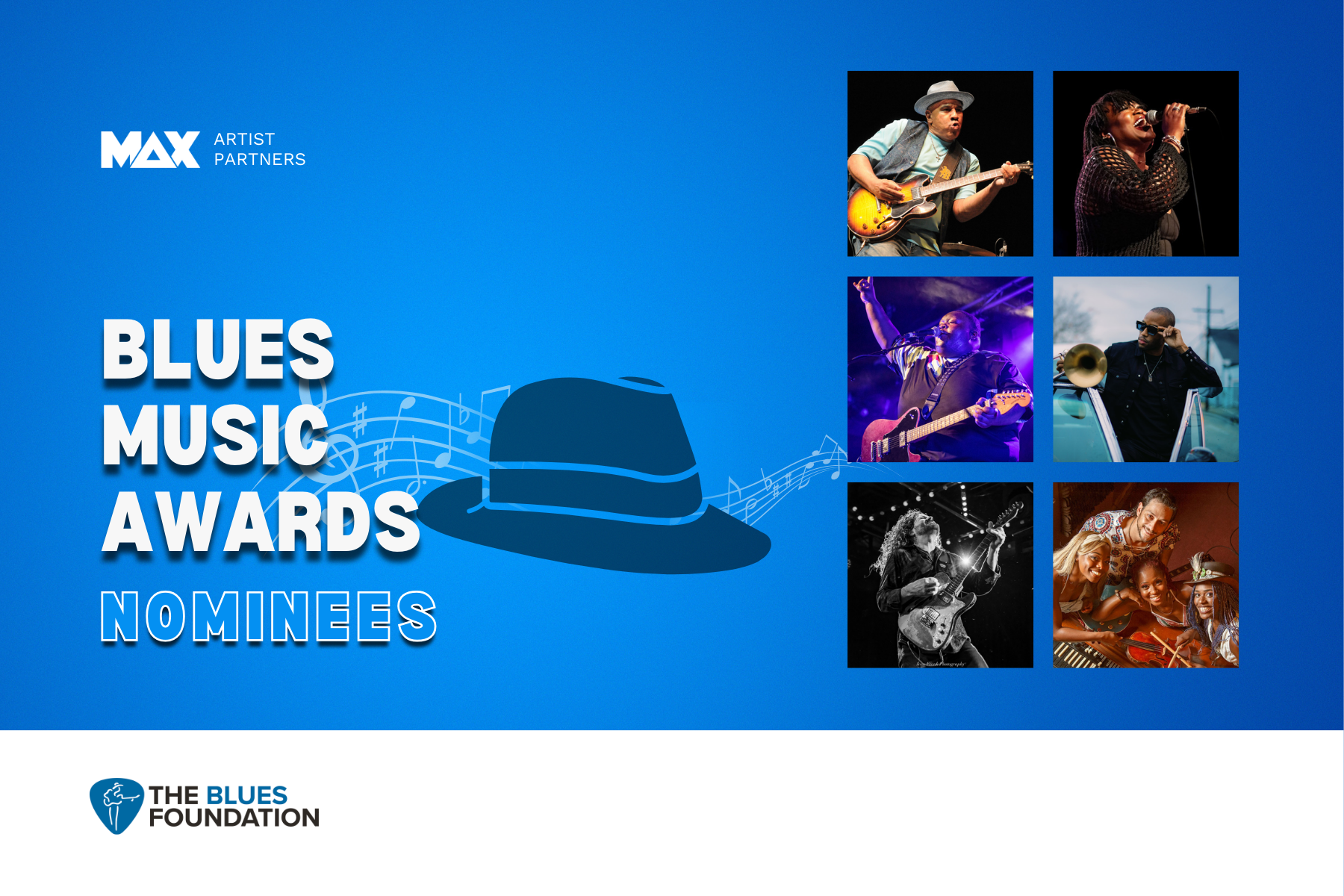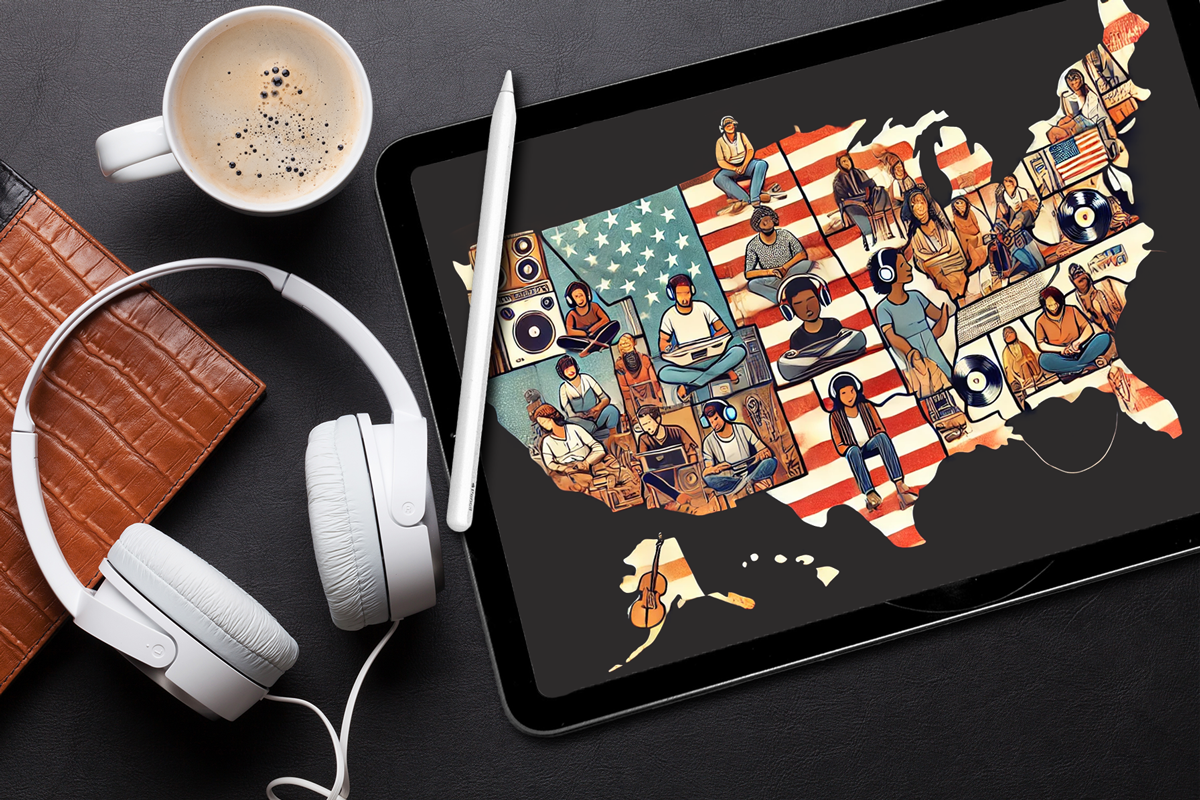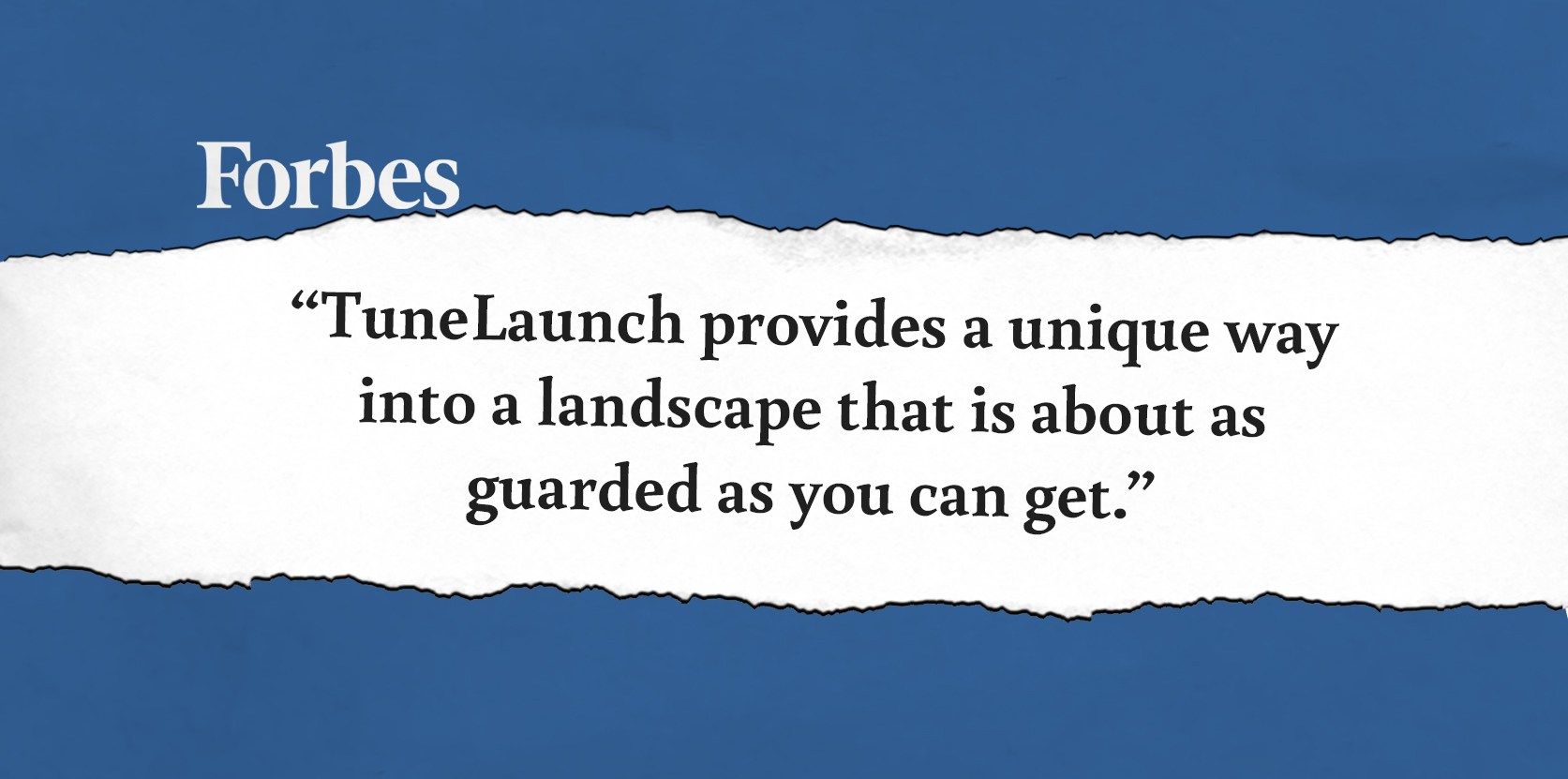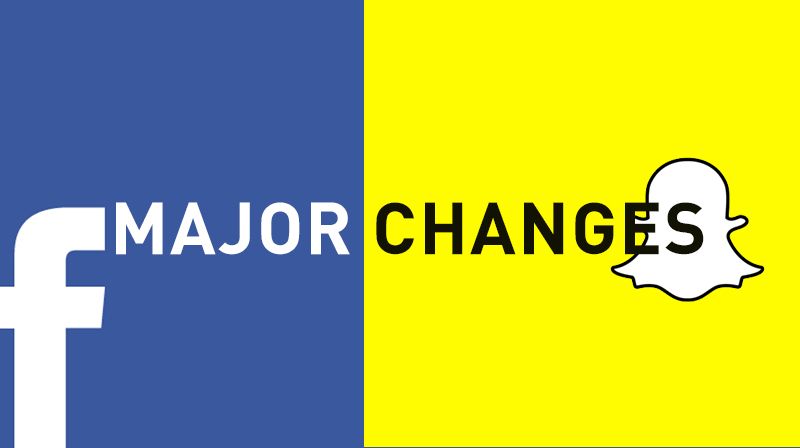2025 Blues Music Awards
We’re fired up to celebrate our incredible artist partners who are nominated for the 2025 Blues Music Awards! 🎶🏆Blues music may be timeless, but...

We all know marketing clients demand performance metrics: CTRs, time on site, impressions, etc. But have you ever watched your client’s face light up when you show him or her some warm and fuzzy social media engagement? Performance stats might push budgets, but the value of authentic, native social content is compelling and can’t be limited to just “like” counts or CTRs. Sure, you can apply numbers to measure social conversions, but the true value lies beyond metrics. The genuine engagement that occurs between consumers and brands that post interesting, relevant content is a viral component that, when perfectly executed, creates armies of ambassadors (and “like” counts through the roof). Even modest social conversion efforts can create some enthusiastic consumers because, given enough followers, at least someone is going to give a thumbs up or go ahead and click through.
Social conversion made the list in a recent article in Forbes titled “10 Digital Marketing Trends in 2015.” While most other entries on the list involve algorithms or network enhancements, social conversion is almost an “analog” entry. Social conversion (and the corresponding warm and fuzzy engagement) is the human side of technology in marketing. Great results require people discussing ideas, writing good copy and posting interesting photos. Some marketing common sense and a bit of creativity is about all you need to exploit social media for your brand. In fact, Forbes points to a KISSmetrics blog post that cites an unlikely master of social conversion: Maersk, the Danish shipping behemoth. Huh? Yep. A seemingly bland company drives “likes” off the meter with posts relating to shipping! Post after post gets hundreds, and sometimes thousands, of “likes,” a healthy number of shares and, presumably, a massive CTR.
When content includes things beyond blatant product info, like a post about a topic that doesn’t directly relate to the product, people engage. Smart marketers like Maersk know this. After all, why would a Maersk post about women in the workforce get over 1300 “likes?” Someone at Maersk never stops thinking about interesting and compelling content that is not always product-centric or self-serving.
A recent Advertising Age article alluded to the “human element in marketing” and how it can balance the pitfalls of technology. Content platforms can only be so intuitive, while a thoughtful marketing professional can use gut instinct and first-hand knowledge of a client’s brand to execute effective social engagement. As “technology for technology’s sake” loosens its grip on marketing, this “human element in marketing,” will become ever important.
But the human element is not limited to the marketing professionals creating content and running campaigns, it extends to product ambassadors, real users and genuine fans of a brand. Brand ambassadors and connected users are a critical part of engagement and social conversion. However, as this excellent infographic shows, there are a bunch of players through whom marketing professionals must cut to show the true value of engagement.
The basic lesson here is: don’t get tunnel vision because of technology and performance metrics. The human side of marketing is alive and well, in spite of the myriad complexities of ad-tech and the new world order of reaching the target market. Consumers are human and can’t help but engage with good social media content. If this drives your KPIs, even better!

We’re fired up to celebrate our incredible artist partners who are nominated for the 2025 Blues Music Awards! 🎶🏆Blues music may be timeless, but...

It’s a common question: what drives the cost of an artist partnership up (or down)? I mean, an artist’s fee can range from four to seven figures…and...

Let’s talk about something every brand needs to prioritize in 2025—relevance. You can have the best product, the most brilliant creative, or even a...

As marketers take aim at tapping the huge and growing millennial market, it seems that every brand on the planet has developed a content and social...

Forbes recently published both parts one and two of a two-part series profiling Music Audience Exchange and our TuneLaunch platform.

Two social media behemoths made significant announcements last week.